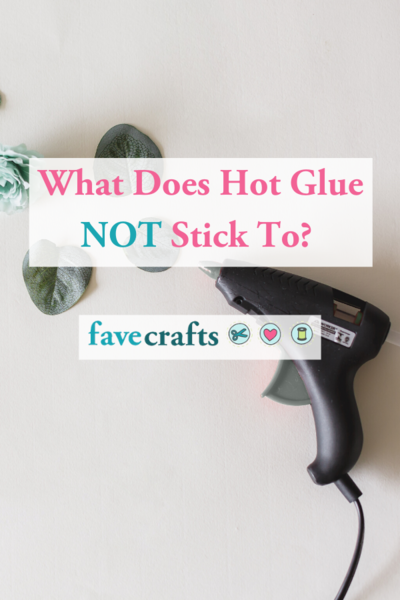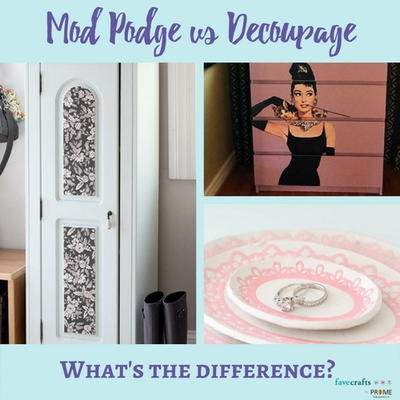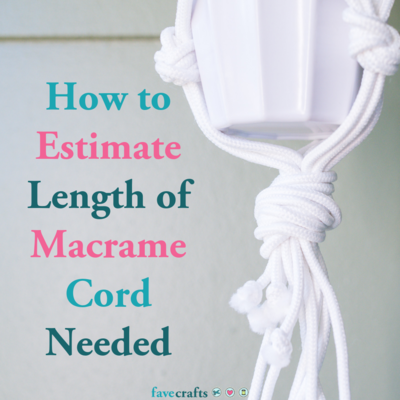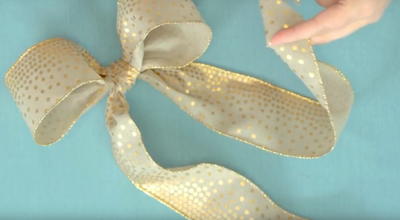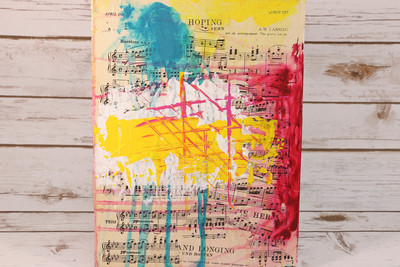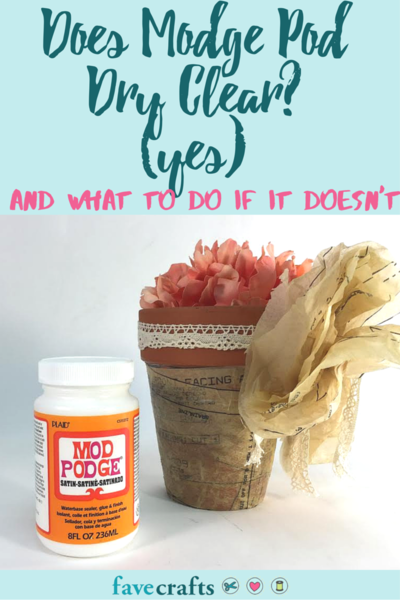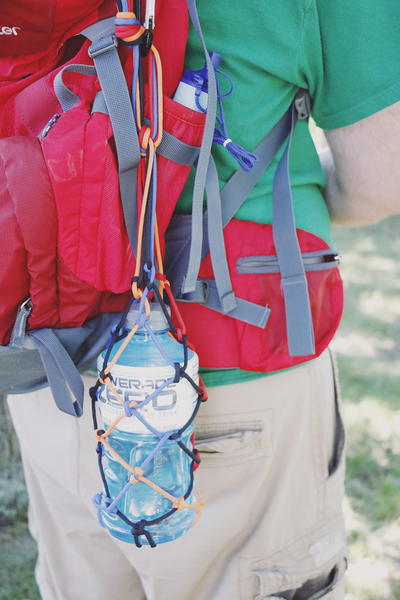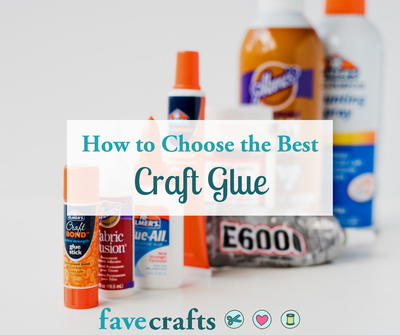Craft Rubbing
Rubbing is an old art form used to rustically duplicate or copy a hard raised surface such as a headstone or monument. Use our step-by-step tutorial and try it on your next project.
Rubbings
Materials
- Thin Bodied Paper: Thin is best for this technique using such papers as newsprint or copier paper
- Wax Crayons: Wax crayons work the best, but you can also try pencil, pastels, oil pastels, and crayons.
- Low Tack Tape: This is used to hold the paper in place.
- Permission: It is best to ask permission before doing a rubbing on a public or private item. This is especially important for older tombstones/headstones. You can damage crumbing stone during a rubbing.
Step by Step
- Optional: Clean the surface you wish to rub by gently wiping with a paper towel and water. Do Not Use Soap Of Any Kind on public or private property.
- Cover surface with thin paper and tack in place with tape.
- Hold rubbing tool (crayon, pencil, etc) almost flat against the paper. Pastels need to be flat on the surface.
- Gently rub over the image until outline of image or words starts to appear and continue rubbing until you’ve covered the entire area you wish to rub.
- Finish with a fixative or sealant if desired. Pastels require a fixative or the chalk will rub off over time.
Tips
- The image is rarely crisp, clear or clean. That is the nature of rubbings.
- You can “clean up” the rubbing with an art eraser. Most experts recommend a knead-able eraser for the job.
- Experiment with color. Do a black and white rubbing, and then do it with a single color, then one with several colors.
- Pastels effect is a bit murky and more smudged. Pencils are crisper while crayon appears more solid. Again, experiment with several of the mediums.
- Rubbings make great background papers and also serve as memorabilia.
Maria Nerius is the author of Creating Your Family Heritage Scrapbook: From Ancestors to Grandchildren, Your Complete Resource and Idea Book for Creating a Treasured Heirloom.

